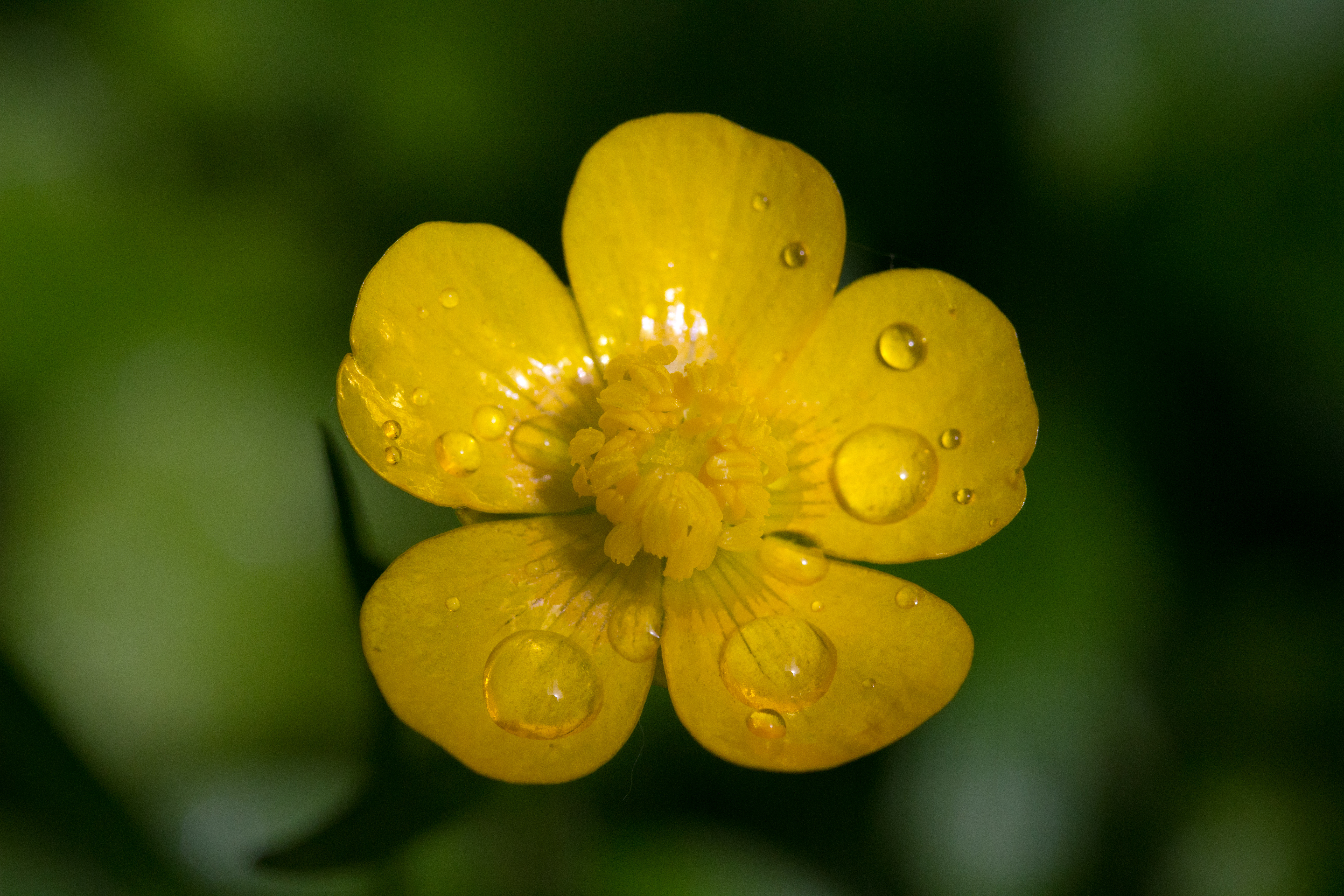There is a persistent rumor, even in the mainstream media, that the Danish king Frederik X changed the royal coat of arms of Denmark as a direct response to Donald Trump´s territorial designs on Greenland. Even Danish pundits are pushing the rumor.
There is just one problem: it doesn´t seem to be true. The changes in question were recommended by a royal commission already on January 20, 2024. They were officially announced on December 20, 2024. Trump´s demand on Greenland came two days later and wasn´t widely reported until December 23.
The changes in the Danish royal coat of arms didn´t take effect until January 1, 2025. This probably fuelled the speculations that the change was a deliberate snub to Trump. The king apparently *did* call for increased unity between the various parts of the Danish Commonwealth in a New Year statement, which (of course) could be interpreted as a snub against both Trump and the premier of Greenland (who demands full independence for the island).
Finally, note that Frederik became king on January 14, 2024. It´s therefore logical that he would update the royal coat of arms, which was heavily anachronistic. The three crowns could be seen both as a symbol of the medieval Kalmar Union and as a veiled claim on the Swedish throne. Since Sweden and Denmark haven´t been enemy nations for two centuries, the presence of the three crowns in the Danish royal coat of arms looks frankly weird.
To sum up: when the three crowns (whatever they might mean) were removed, both the polar bear (Greenland) and the ram (the Faroe Islands) became more prominent. But Trump has made no demands on the Faroe Islands. So no, the change has nothing to do with Trump, but I can´t really blame the Danes for spreading the rumor...











.jpg)
_logo.png)

.jpg)